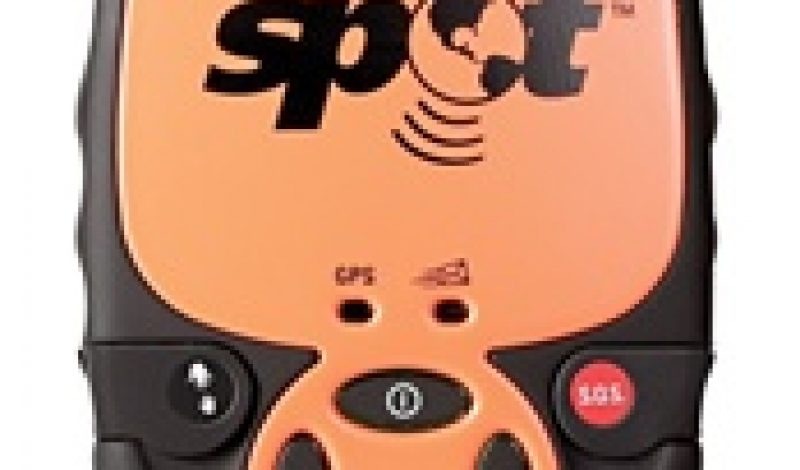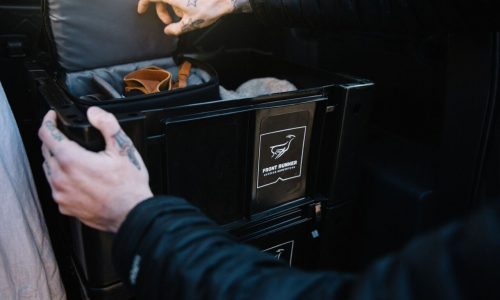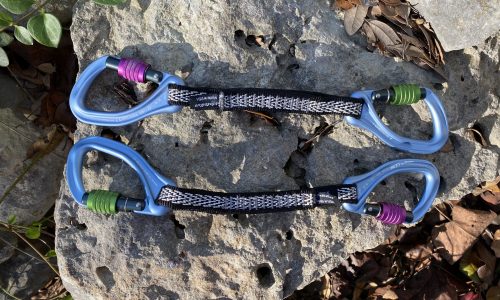The Spot personal tracking beacon was a revolutionary device for backcountry users—allowing you to transmit your route and ‘I’m OK’ and ‘Need Help’ messages from most places on earth. If you haven’t heard, it’s essentially a GPS that links to a satellite, and sends very simple one-way messages from areas where there is no cell coverage. It was a radical idea, though the first generation of the Spot had some design and performance shortcomings, it was well-received by consumers. The second generation model, Spot 2, promised improvements, but was delayed due to a quality control issue.
Now the Spot 2 is out, and BackpackingLight.com has done an excellently thorough field test of the device. After 80 days of testing, the site reports, the new model had a nearly 100-percent delivery rate of the ‘tracking point’ messages —sent out to show friends and family where you are in your route, including in mountainous areas like the Sierras and Andes. It also reports that about 90-percent of the tracking points were successfully sent in constricted terrain (like Utah’s slot canyons, where reaching a satellite can be difficult) and densely forested areas (bushwhacking in Alaska). The site also found the new Spot more intuitive and easier to use.
This wasn’t a head-to-head test of all GPS –based transmission devices because, well, there aren’t any others. But test directors Alan Dixon and Amy Lauterbach put the device through a sustained field test in conditions that would be challenging for any satellite-reliant device. For their very thorough report on the SPOT 2 (3,600 words), you’ll have to pay for the premium content portion of the site, accessible here.














